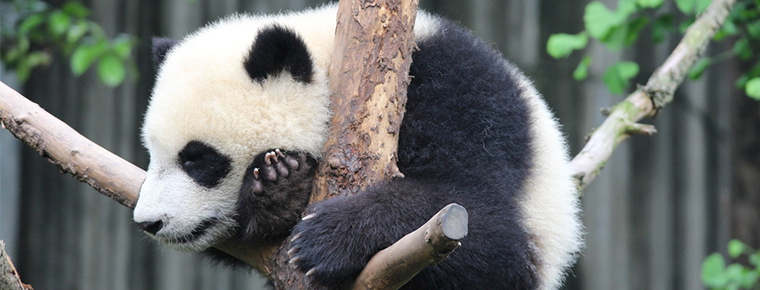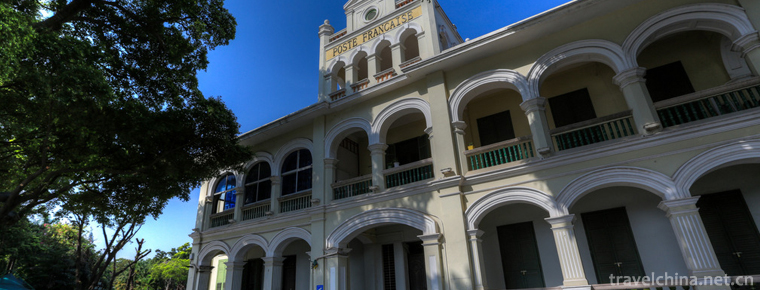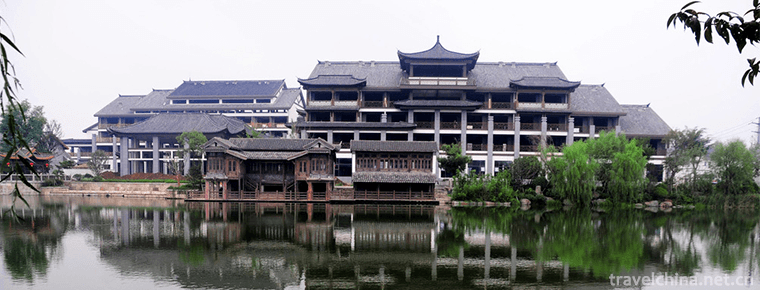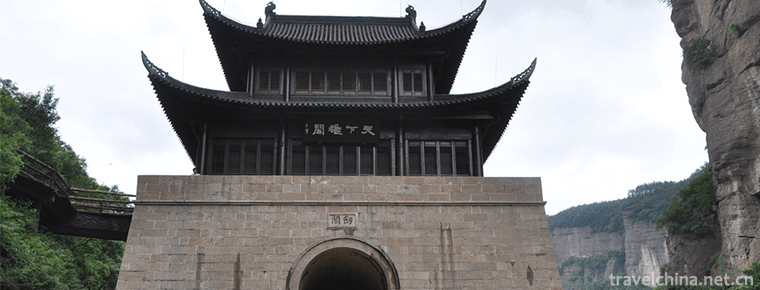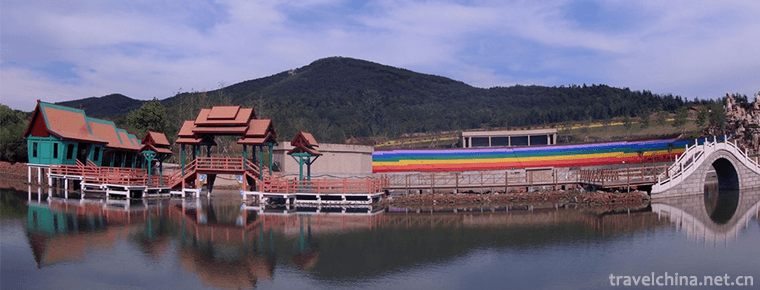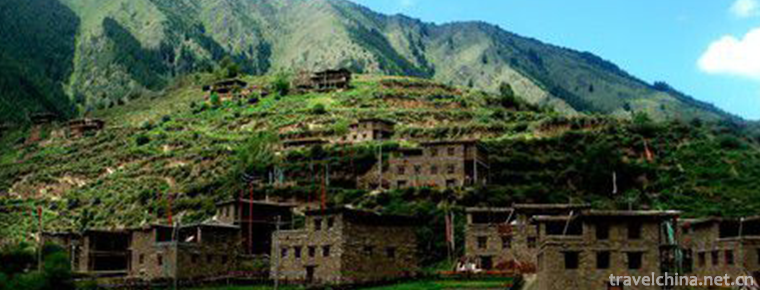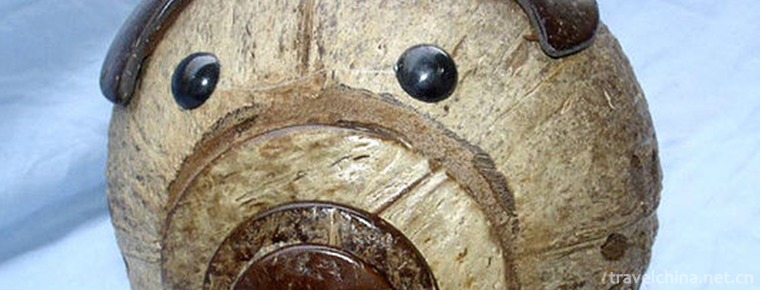Uygur Karakul fetus
Uygur Karakul fetus
There is a folk song "Turpan grape Hami melon, turtle's lamb a flower". Shaya Uygur Hatters use local lamb skin to make various hats, such as Duhuawa, Wuniqie and Dulikun, for people to buy. They are exported to Western Asia, Eastern Europe and other places. They have high economic value and collection value.
Uygur Karakur fetal lamb leather cap production technology is a national traditional handicraft declared by Shaya County of Xinjiang Uygur Autonomous Region in 2008 and approved by the State Council.
brief introduction
Lamb skins are made from the skin of ewes 3 to 7 days before lambing. After determining the time of lamb fetching, they are not given drinking water for the first two days, but cold well water for the third day, so that the lambs are naturally aborted and skinned. Lamb skin and tire rubber are thick, shiny, dense and compact, dark as ink, silver shining, and moist in color. There is a folk song "Turpan grape Hami melon, turtle's lamb a flower". Shaya Uygur Hatters use local lamb skin to make various hats, such as Duhuawa, Wuniqie and Dulikun, for people to buy. They are exported to Western Asia, Eastern Europe and other places. They have high economic value and collection value.
History
The production of fetal lamb skin and fetal lamb skin cap in Shaya Karakul has a history of 2000 years. The cap made of the fetal lamb skin and fetal lamb skin was excavated in the ancient city of Yushikat in the Han Dynasty.
With the introduction of various lamb breeds with high meat and milk yields, affected by the interests, the number of people raising Karakul sheep gradually decreased, and the production of fetal lamb skins significantly decreased. In addition, due to the strict tanning and processing technology, fewer and fewer people are skilled in this technology and continue to produce it. This technology is gradually facing endangerment.
Inheritance value
Staff of Shaya Intangible Cultural Heritage Protection Office introduced that only 50 people could make fetal lamb skin hats, and only 10 folk craftsmen were engaged in making fetal lamb skin hats. They were distributed in Shaya Town, Yingmaili Town and other places in Shaya County.
Therefore, the production technology of Karakul fetal lamb leather cap in Shaya County has been included in the national intangible cultural heritage protection project, which has important practical significance for the inheritance and protection of traditional ethnic handicraft.
In order to protect the traditional skills of making Karakul fetal lamb caps, Shaya County has set up a "Leading Group for Protecting the Manufacturing Technology of Traditional fetal lamb caps". The traditional manufacturing technology guidance group, mainly composed of the technicians of fetal lamb caps manufacturing technology, has also been established. It mainly liaises with the county's Cap-Making masters to carry out exchanges and cooperation and train the inheritors.
In June 2007, Karakul fetal lamb leather cap, Uygur traditional knife making skills and Uygur traditional fishing customs in Shaya County successfully entered the first batch of autonomous region-level intangible cultural heritage list.

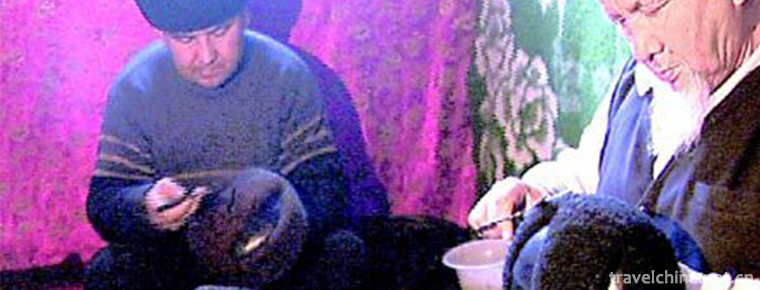
-
Ailao Mountain
Ailao Mountain, located in the middle of Yunnan Province, China, extends south of Yunling Mountains. It is the boundary between Yunnan-Guizhou Plateau and Hengduan Mountains. It is also the watershed .
Views: 440 Time 2018-11-01 -
Taierzhuang Ancient Town
Taierzhuang Ancient City, located at the center of the Beijing-Hangzhou Grand Canal, is located at the junction of Taierzhuang District, Zaozhuang City, Shandong Province.
Views: 114 Time 2018-12-08 -
Jianmenguan Scenic Area
Jianmenguan Scenic Area is one of the national AAAAA class tourist attractions, National Scenic spots, national key cultural relics protection units, National Forest park, national natural and cultura.
Views: 200 Time 2018-12-12 -
Du Shoutians former residence
Du Shitian's former residence is the old residence of Du Shitian, the emperor's teacher of the Qing Dynasty, as well as the old residence of many famous officials of the Du family. Located in Binzhou .
Views: 144 Time 2019-01-08 -
Snow Mountain Rainbow Valley Scenic Area
Xueshan Rainbow Valley Scenic Area is located 3 kilometers east of Yishui County, Shandong Province. It mainly includes Snow Mountain, Dashan and Mashan, with a total area of 2 million square meters..
Views: 107 Time 2019-02-26 -
Construction Techniques of Tibetan Diaolou
Gabu Tibetan ancient building complex is located on the second terrace on the north-east Bank of Mako River, 3 kilometers northeast of Lighthouse Township, Banma County.
Views: 262 Time 2019-04-05 -
Coconut carving
Coconut sculpture is made of coconut shell, coconut palm and coconut wood as raw materials, and is carved into various practical products and plastic arts by hand. Coconut sculpture is one of the spec.
Views: 144 Time 2019-07-11 -
Chengdu University of Information Technology
Chengdu University of Information Engineering is a provincial general undergraduate college jointly established by Sichuan Province and China Meteorological Bureau and the key development of Sichuan P.
Views: 248 Time 2019-08-31 -
Borneol Bridge
Luxian county is the "hometown of dragon culture" and "the hometown of Longqiao" in China. There are hundreds of ancient Longqiao bridges in the Ming and Qing Dynasties in Luxian County, which is the largest group of Longqiao in China and even in the world..
Views: 143 Time 2020-10-16 -
History of Leshan
Leshan used to be the capital of Kaiming tribe in ancient Shu state. In 309 B.C., King Wu of Qin sent troops to the south to wipe out the rule of the Kaiming family. The state of Qin established Nan'an County in Shizhong District of Leshan City.
Views: 133 Time 2020-12-17
